The Suite Life
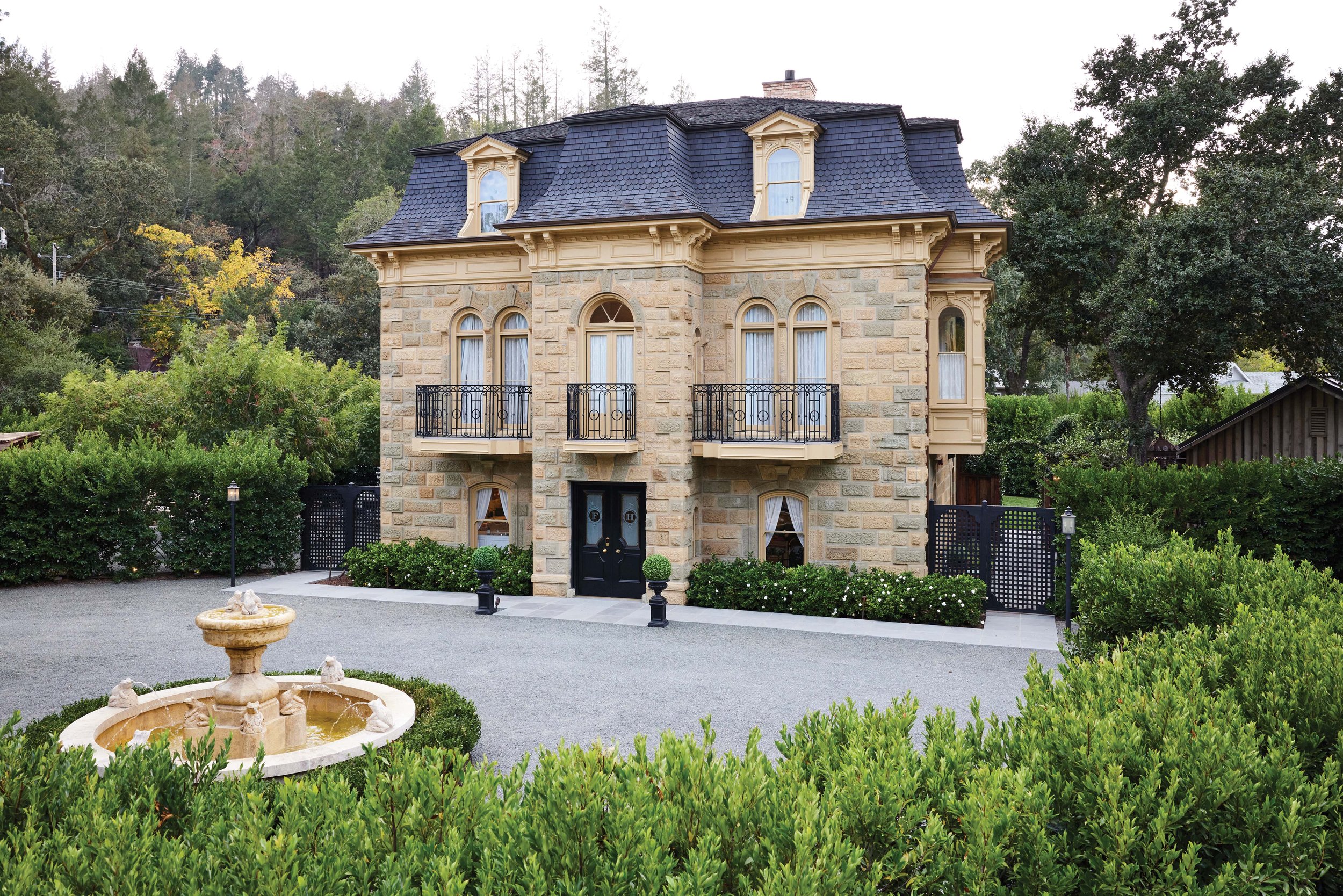
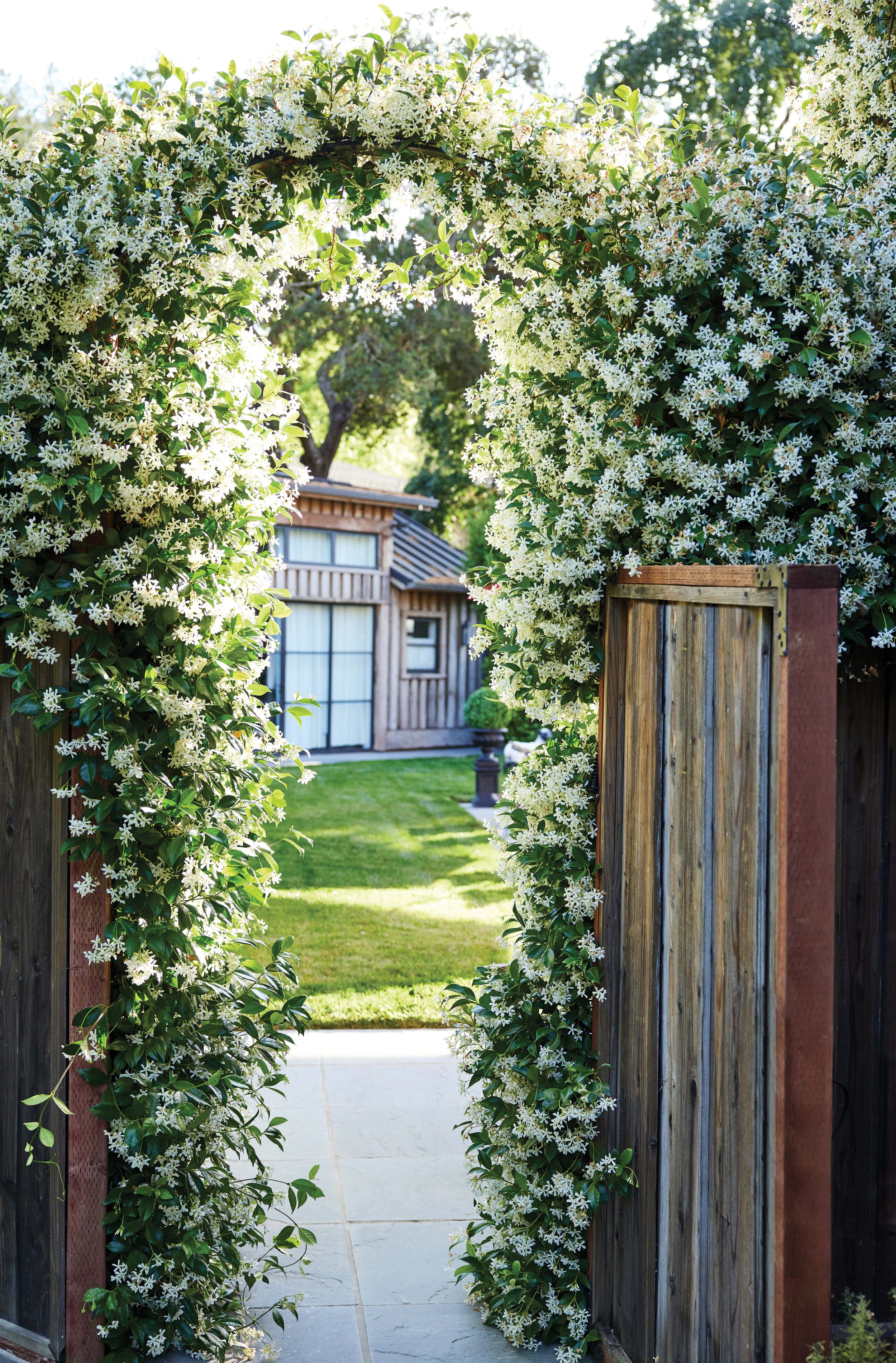
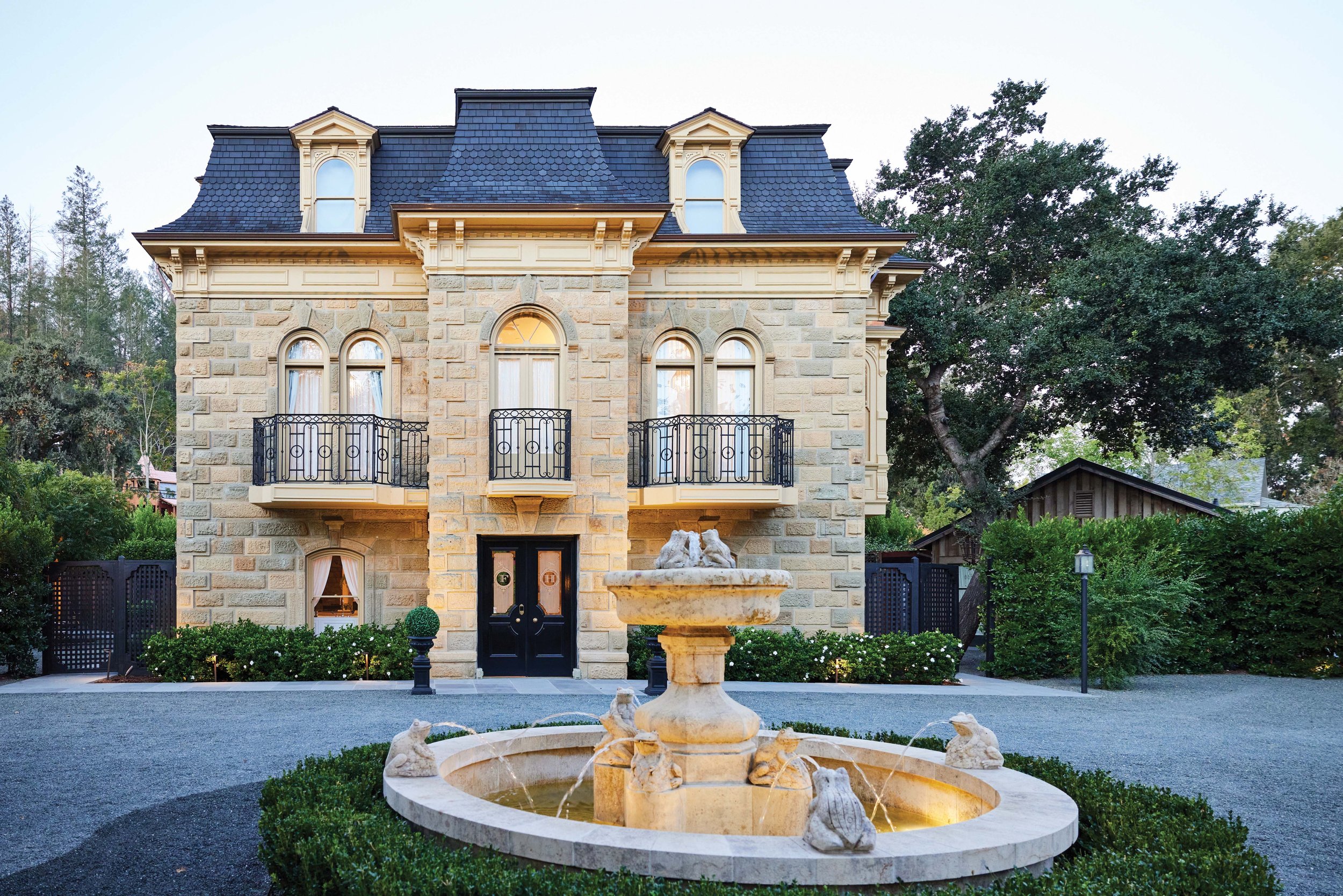


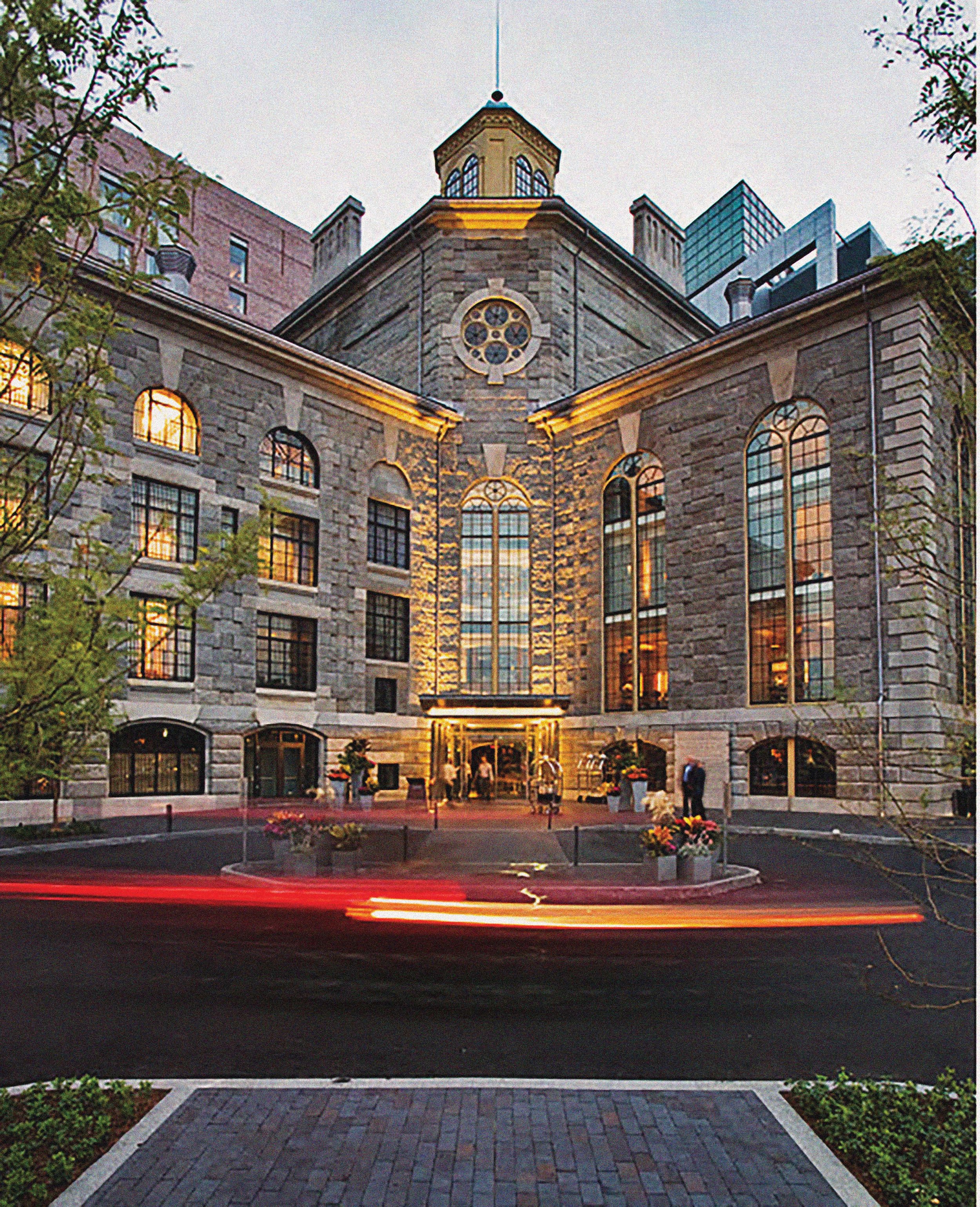
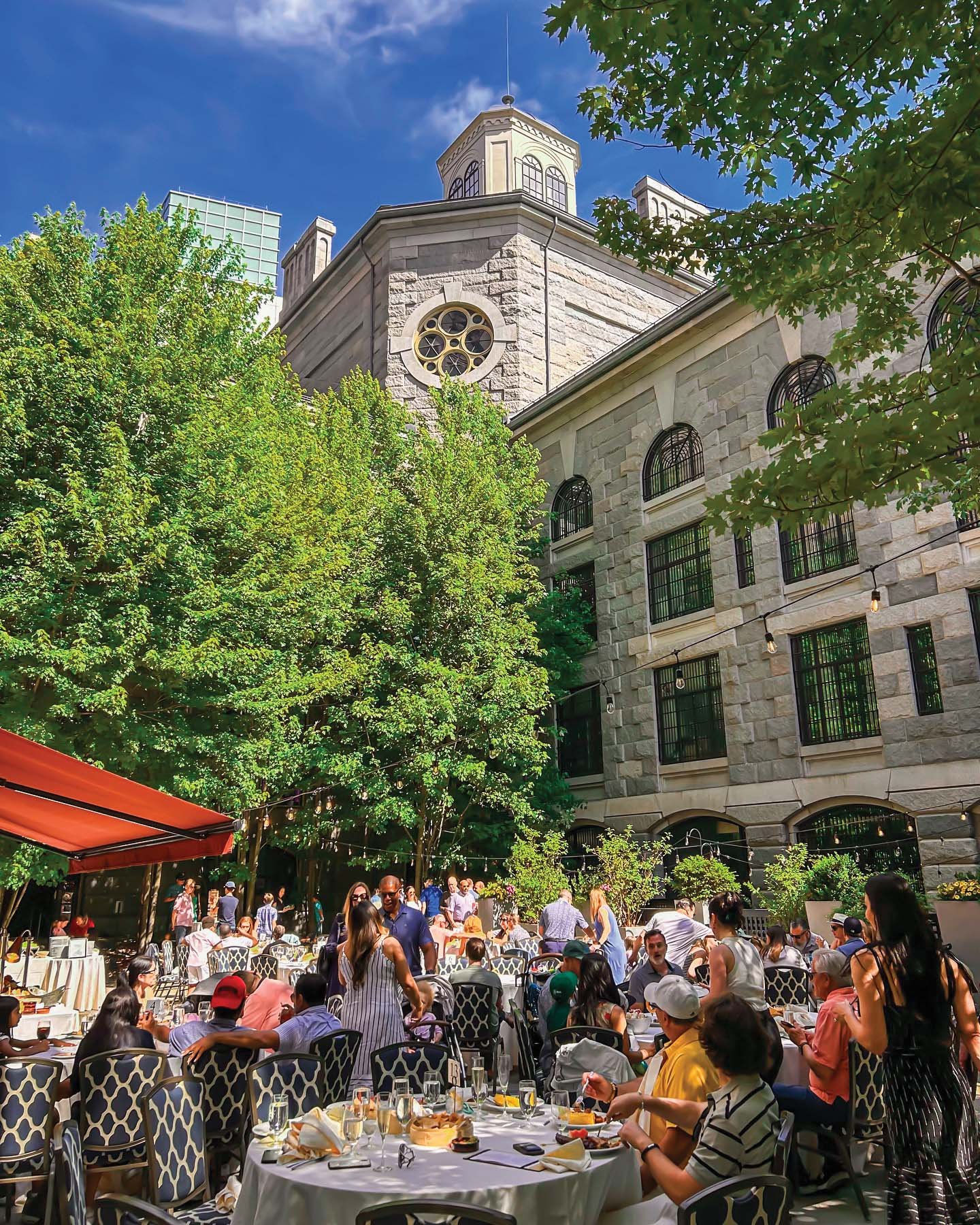

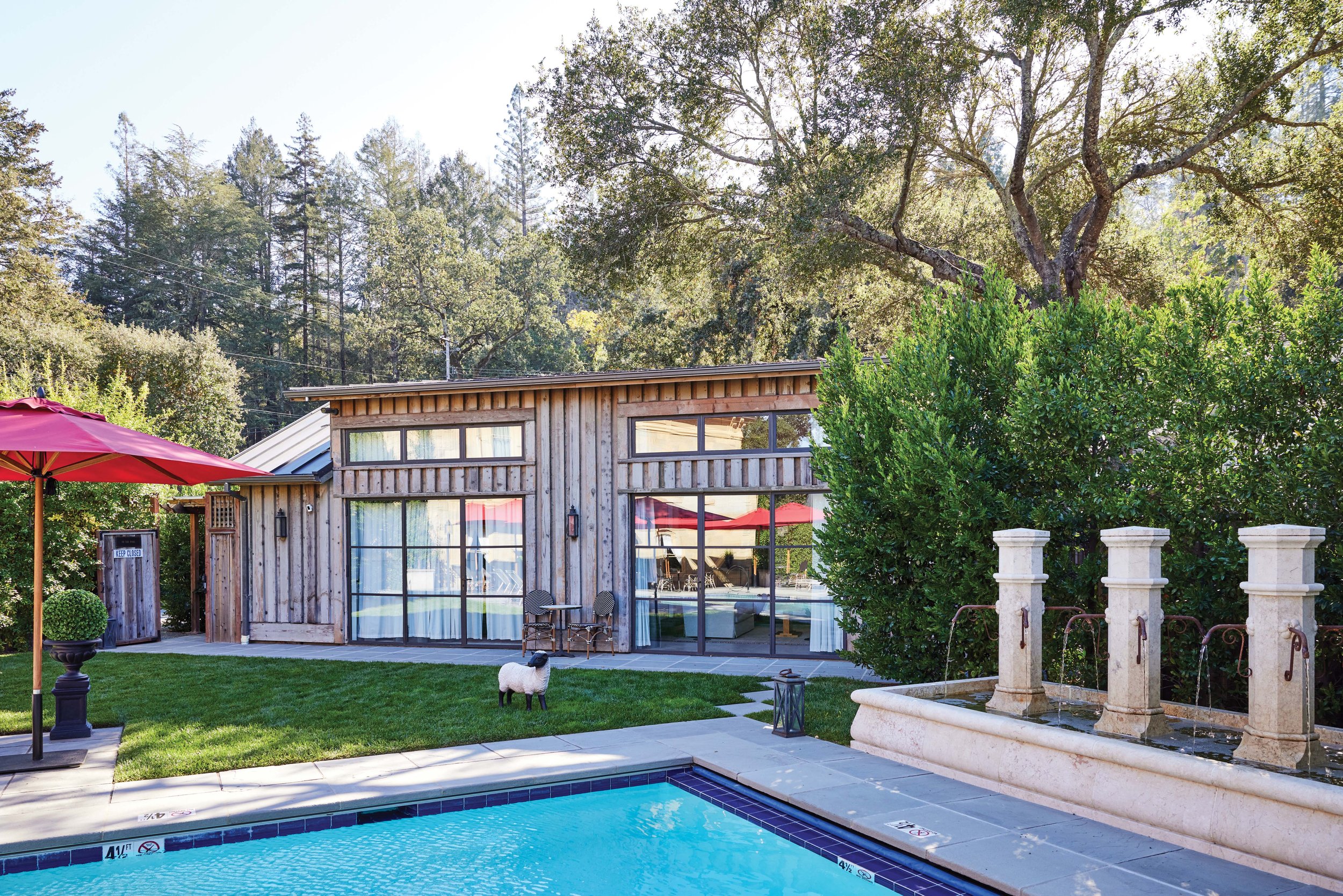



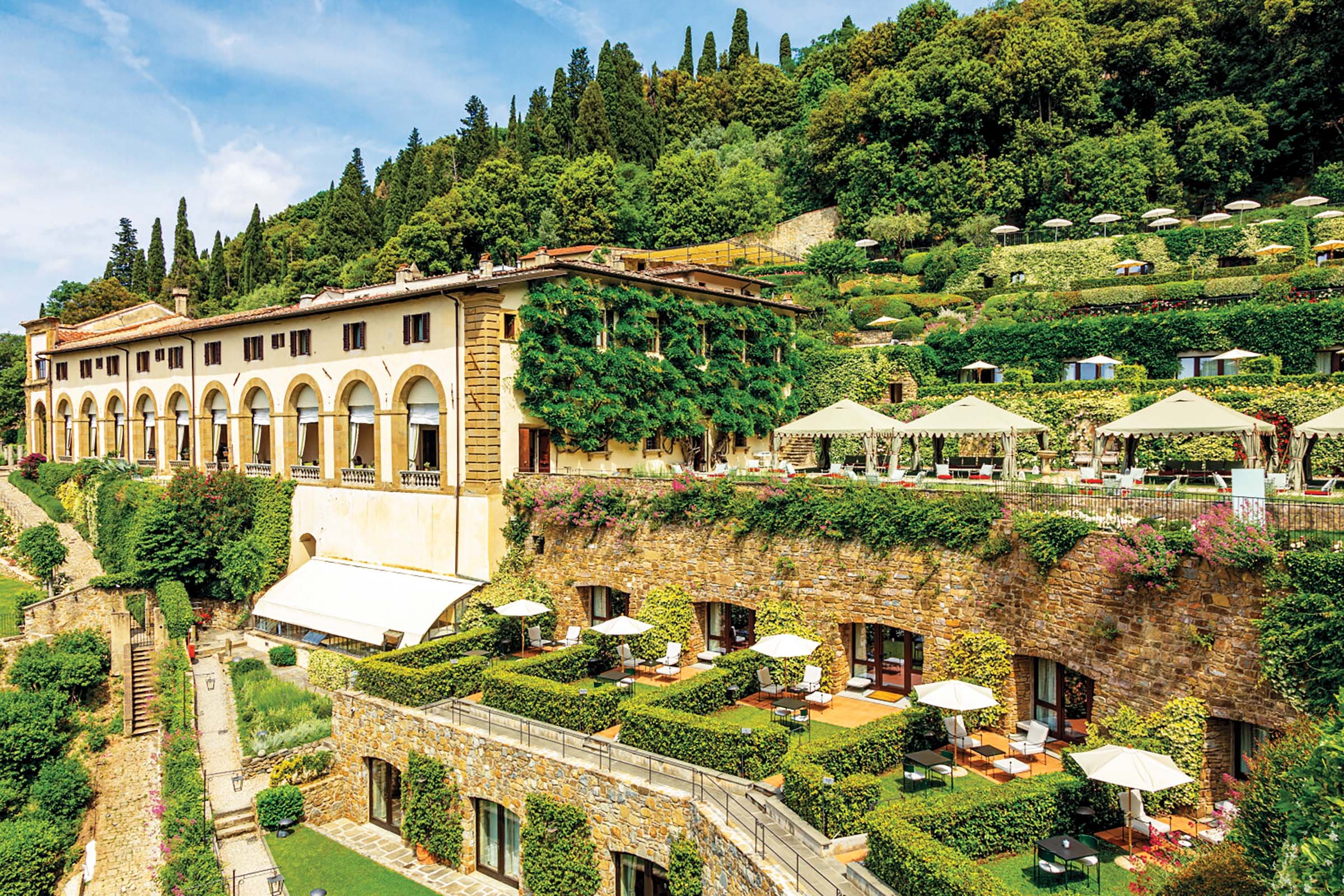

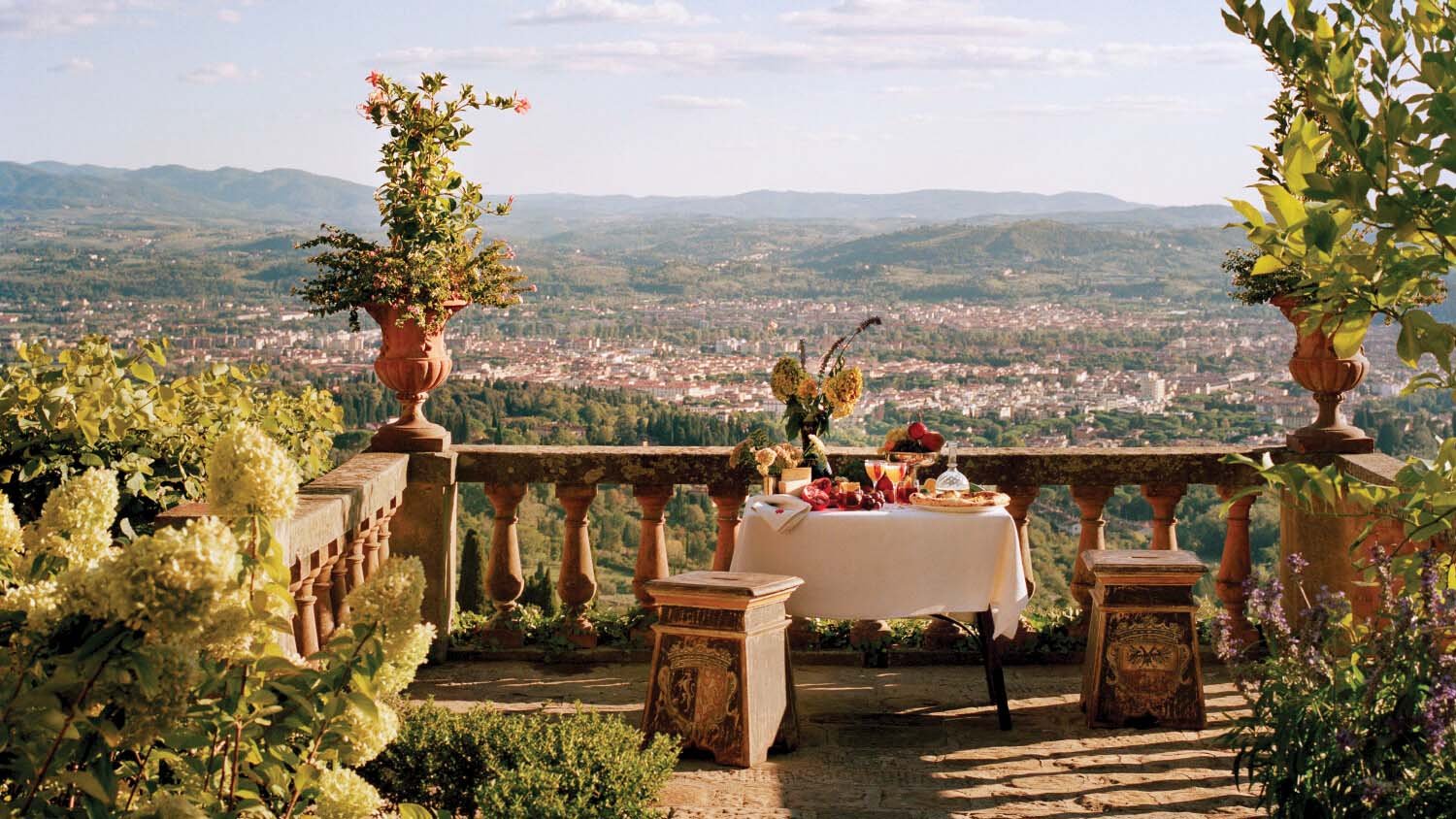

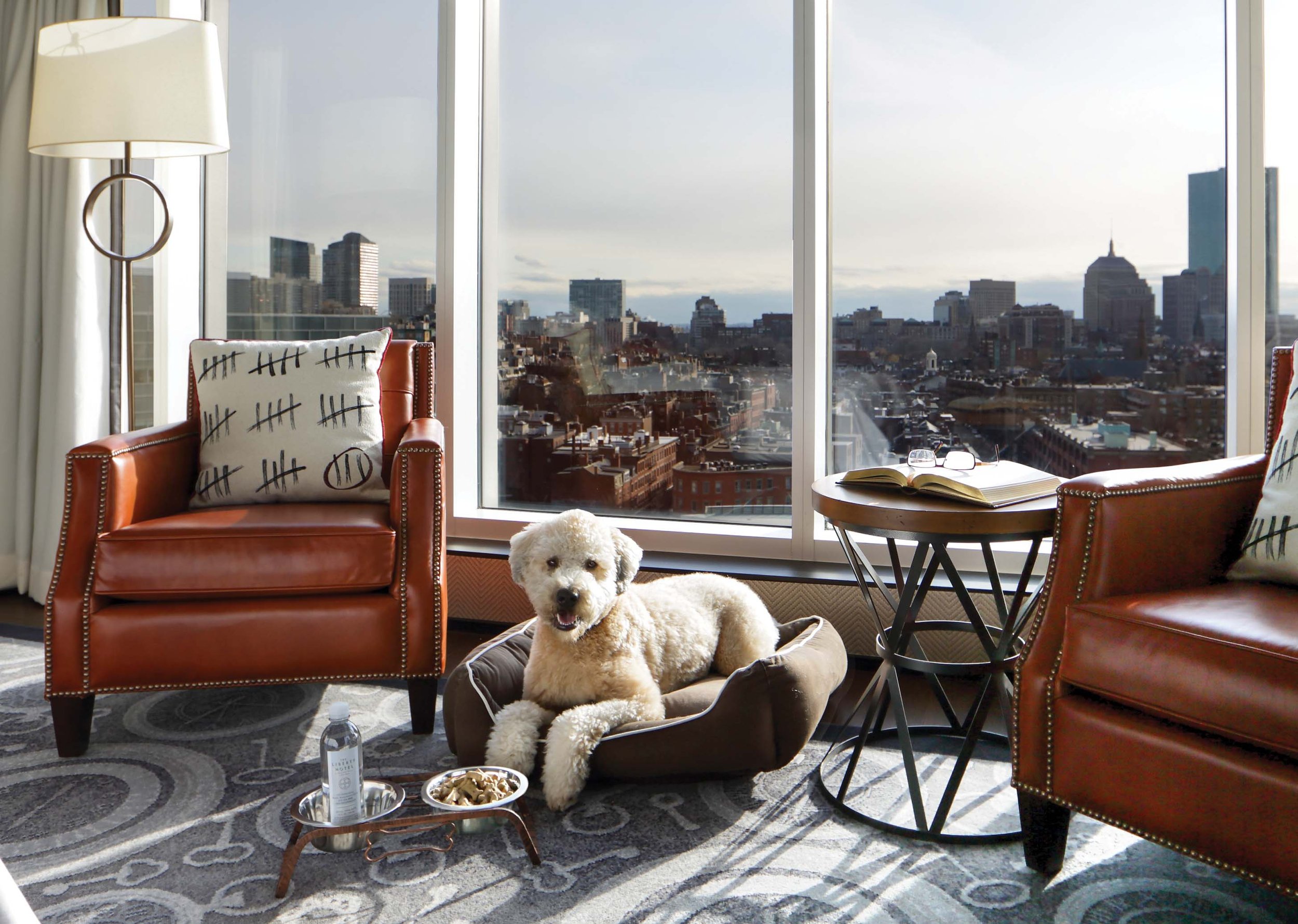

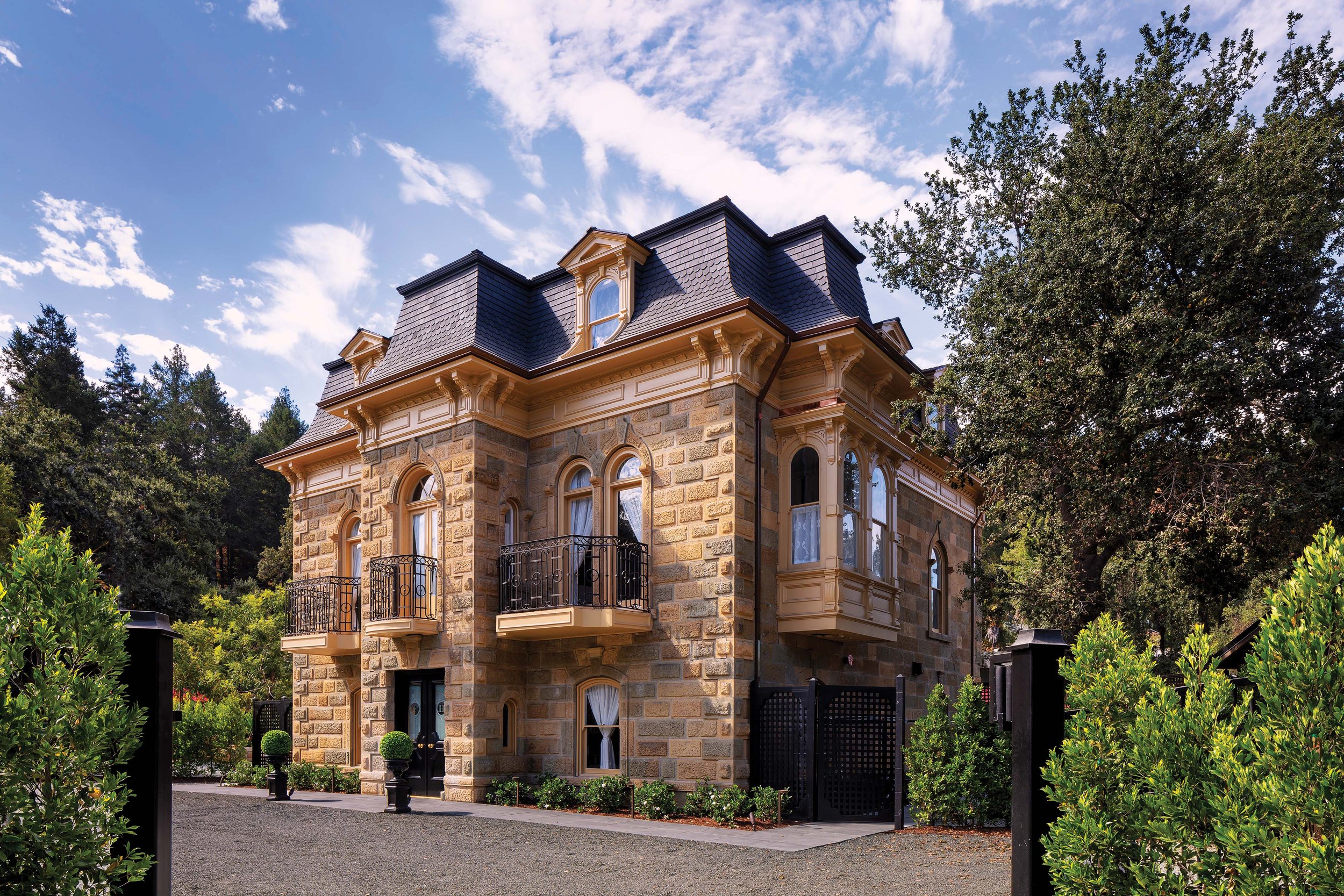
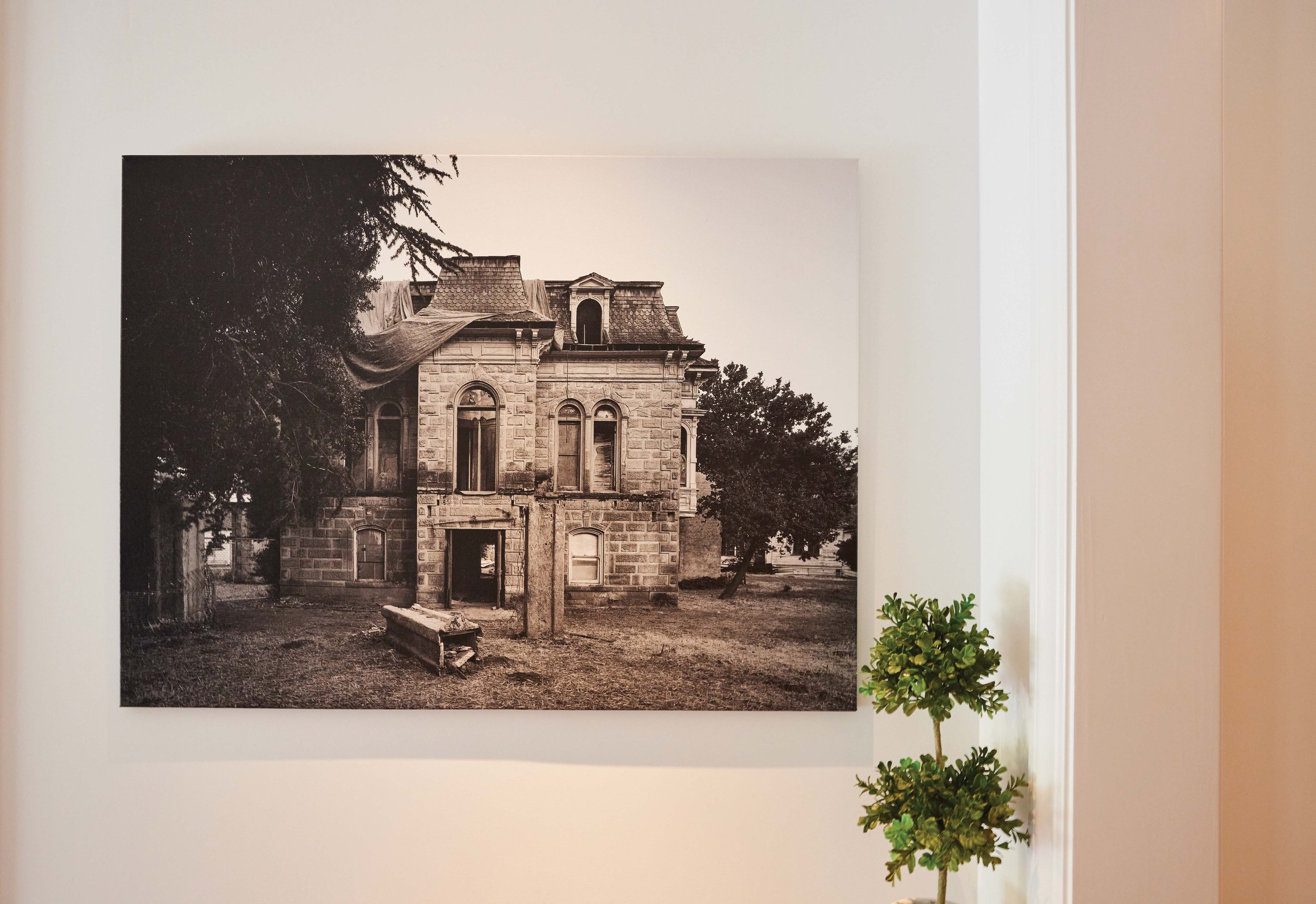
Who hasn’t spent a night at a hotel? They’ve become the default lodging option for many, even in this day and age where room choices range from short-term rentals that provide a dry roof and basic bed to a broad range of two, three, and four-star offerings and up to stratospherically opulent luxury suites. Most of today’s hotels are purpose-built for the hospitality industry, with their standard rooms, choice of views, a surfeit of generic décor, and, if one is lucky, an interesting location.
However, savvy travelers may have noted an interesting trend emerging in the world of hotels: the repurposed and transformed building. Not just confined to the niche of boutique hotels, as some offer far more than a baker’s dozen rooms, these properties’ storied pasts live on in more than just their structure and lore.
For the traveler seeking a unique experience informed by a kind of history and authenticity that is impossible to replicate, one only needs to break free of the desire to earn points for a night’s stay to land in a truly unique room, one that over the decades and centuries past may have been part of a monastery or other non-lodging use. Perhaps, as this article’s properties will reveal, today’s hotel may have been a town hospital in Northern California, a jail in Boston, and, yes, a monastery in the foothills just outside Florence.
The “converted hotel” is admittedly a niche in the hospitality industry, but it’s becoming more of a mainstream choice these days. There’s a growing crop of properties that were formerly something else: now gutted, reimagined and redecorated to host those seeking something truly different and authentic when on the road or at their destination.
Often, one may not even realize that a converted hotel has lived vastly different past lives unless there are obvious clues beyond the property’s age, as their original uses are but memories of their heyday and those bygone eras. Hoteliers are famous for wanting to provide an offering for every finely segmented type of traveler and guest, and to understand the relevance of these converted spaces to the hotels of today, we only need to look back a few thousand years to learn that hotels and the hospitality industry actually have these old buildings and their original uses to thank for where hotels and hospitality are today.
Rewinding a thousand-plus years back, prior to the far more recent advent of the “leisure traveler” who went somewhere merely to go there, we learn that traveling back then was not the easy credit card, internet, and search-engine-enabled trip plan that we have today. Travelers trekking overland relied on the kindness of strangers to give them a place to rest, indoors and away from the perils, bandits, and spirits of the night or inclement weather. Often just an empty space near the hearth, we find that the term hospitality itself has its roots in the Latin language, and even today, the word “ospiti” survives as the Italian word for “guest.” Who, then, were these first hosts who left a lantern burning as a sign that there was space and a meal to be shared with a weary traveling stranger?
Before there were inns and innkeepers — and long before hotel chains — aside from the sprinkling of generous families, the typical traveler’s host was a monastery or convent. As part of their ethos to welcome, they made a spare room available for anyone who turned up needing a bed to sleep in and a meal to tide them over until the journey resumed at dawn. One such example is Belmond Hotels’ Villa San Michele (belmond.com), perched on a bluff overlooking the Arno River Valley and the terracotta-tiled roofs of Florence. Originally built as a church and monastery in the 16th century, the original buildings and a treasure trove of important artwork remain, centuries later. Art aficionados making their pilgrimage to the Uffizi or David in the Accademia will be blessed with what the San Michele has to offer besides food and lodging.
Upon arrival, one can marvel at its façade, designed by Michelangelo and carved by famous stone cutter Romolo Ferrucci. A quick glance farther up the hill reveals the woods from which Leonardo Da Vinci launched his early flying contraption prototypes. The list of art and frescoes rivals the exquisite wine list featuring Tuscany’s best and more from vintners near and far. One might almost forget that the San Michele was once a monastery, but the property’s lineage of exquisite hospitality is virtually unbroken for centuries, no matter who the hosts may have been since it first welcomed guests. Today, one’s name can be added to the roster that includes everyone from Renaissance travelers to Napoleon Bonaparte, who stopped in for a sojourn.
Another converted building offered a very different type of hospitality when originally built in the 19th century. Boston’s aptly — or ironically — named The Liberty Hotel (libertyhotel.com) was originally completed in 1851 as the Charles Street Jail, nestled at the foot of the Longfellow Bridge and overlooking its namesake river. Designed as the model jail of its era, time and progress crept up on it, leaving it as a bygone relic of archaic incarceration until its last non-paying guests/inmates left in 1990.
A careful rehabilitation and transformation kept the building’s granite era construction intact, even restoring some of the original architect’s notable design flourishes, such as the cupola which soars 90 feet over the hotel’s atrium. Guests at The Liberty today can come and go freely and have five restaurants and — pardon the pun — multiple bars to choose from. While the Liberty’s few authentically preserved jail cells are a far cry from today’s well-appointed guest rooms, history is never too distant when one chooses to stay at a place where its authenticity is foundational to its modern use.
Closer to our shores is another elegantly repurposed building that served an entirely different purpose for most of its past life. The Francis House (thefrancishouse.com) was originally built as a home for James Francis in 1886 with authentic Second French Empire architecture, and 30 years later was converted into the Calistoga Hospital. Hewing very close to the origin of hospitality itself, as the two words share common origins, it is no surprise that after 50 years of dormancy, the Francis House inn was born from one couple’s vision of what the building could be. Dina and Richard Dwyer’s love for the area turned into a multi-year project to restore the property to its former elegance and grace. Now open as a luxury bed and breakfast, one might say that it is the perfect amalgamation of the building’s past lives as a home and hospital, now welcoming guests as they unwind, unplug, and restore their equilibrium, away from the pace of city life. Situated in the heart of Napa’s wine country, the Francis House is the ideal place to stay while stepping back in time to the late 19th century.
Whether formerly a monastery, jail or hospital, the new niche of repurposed hotels and inns is more closely related to the origins of hospitality, and for us urban dwellers, a stay at one of them for some unique R&R is probably just what the doctor ordered.
